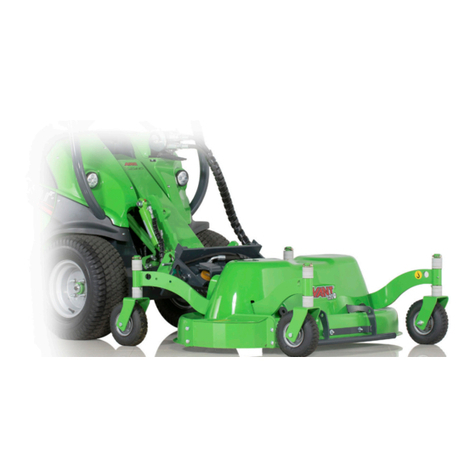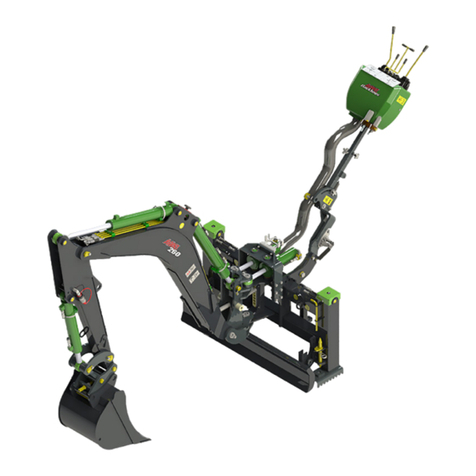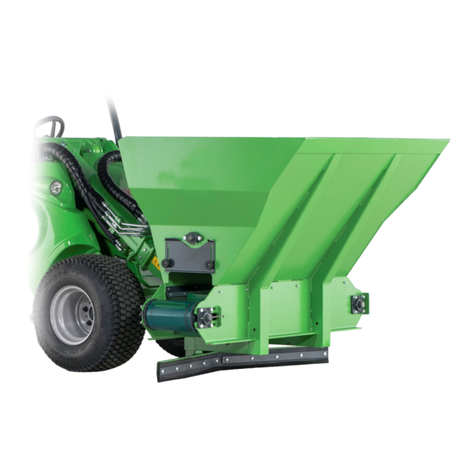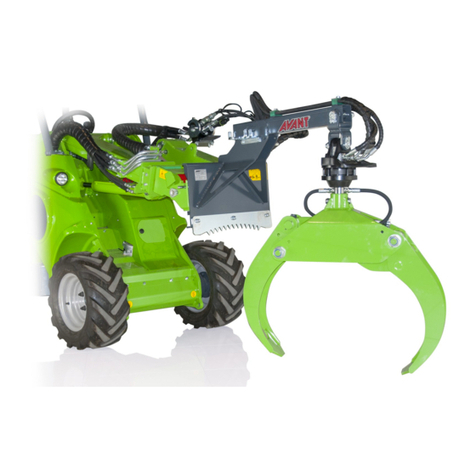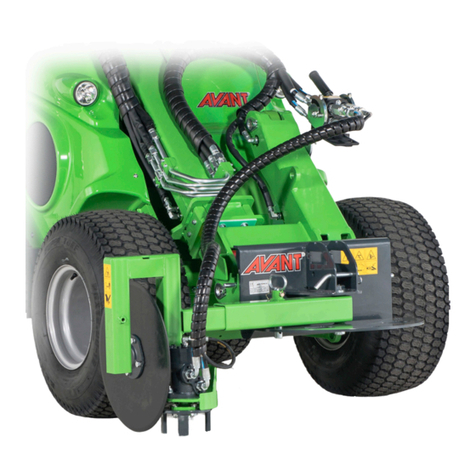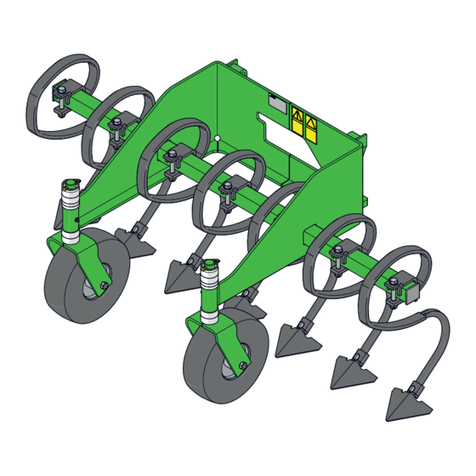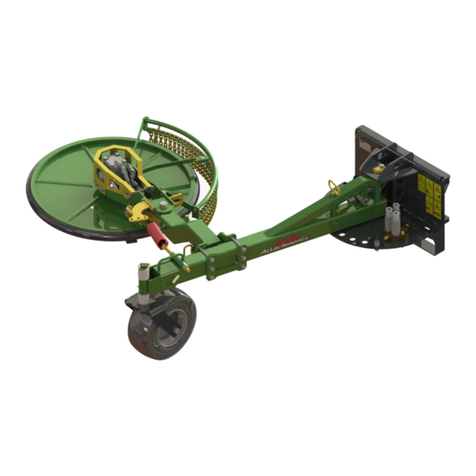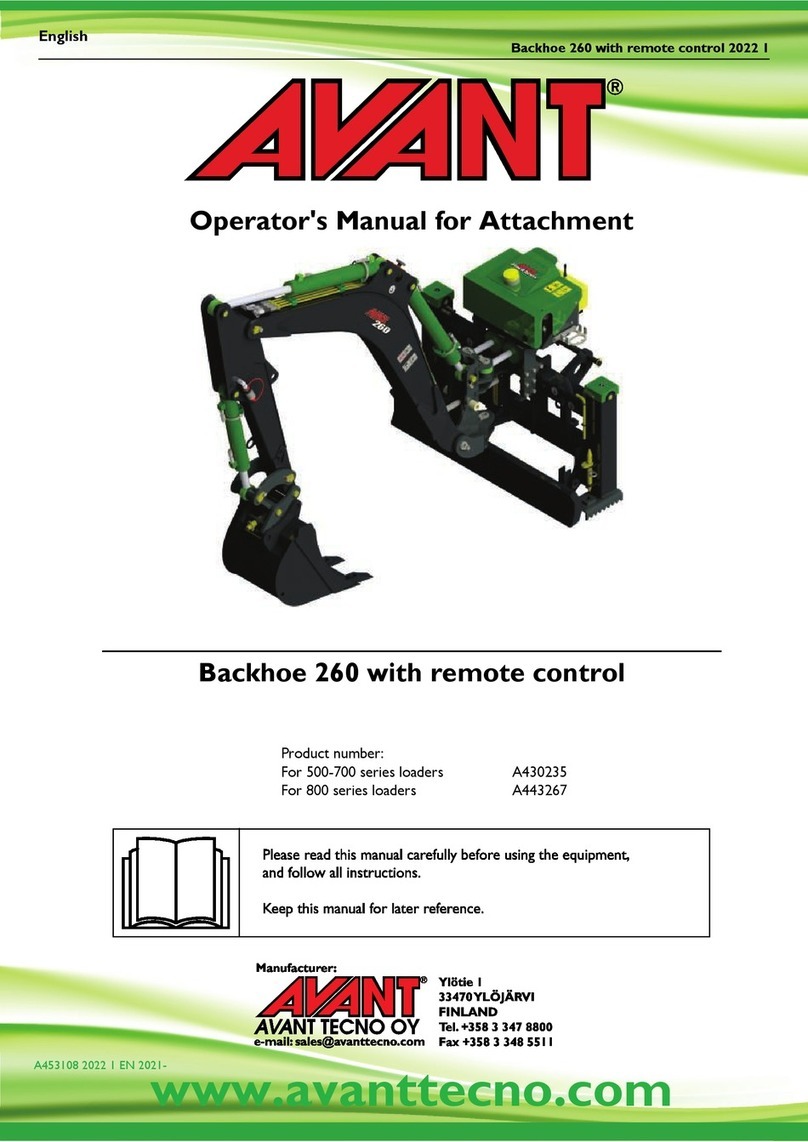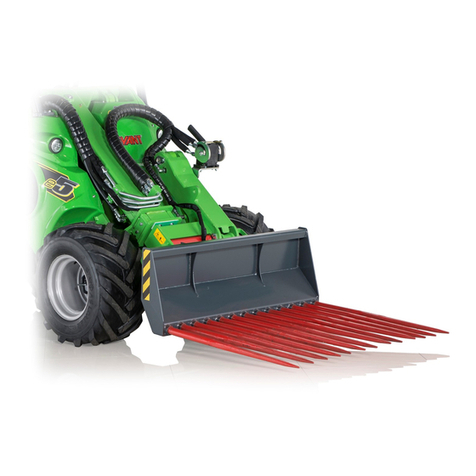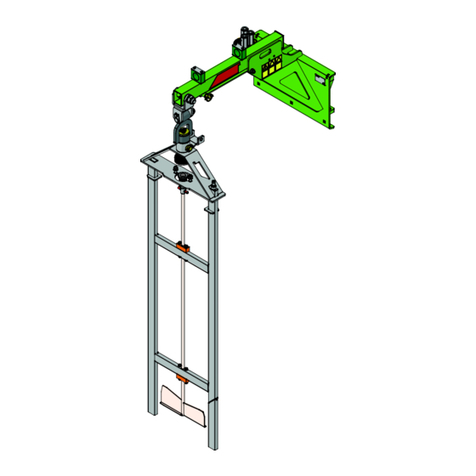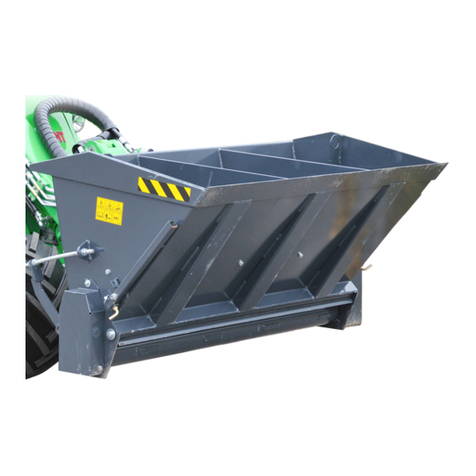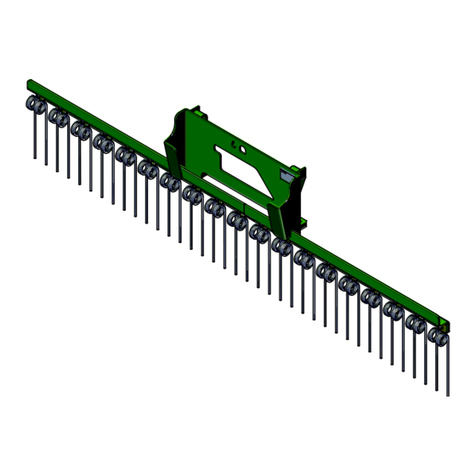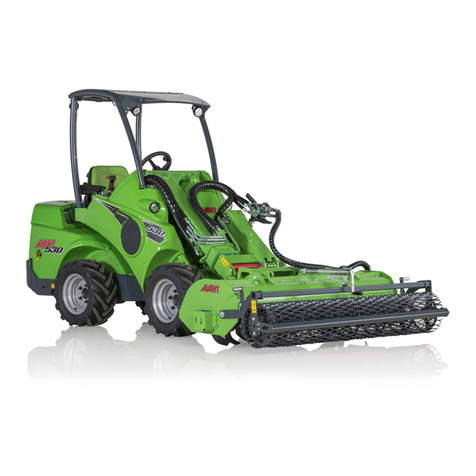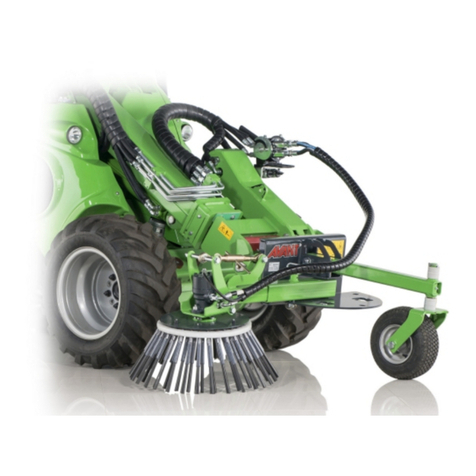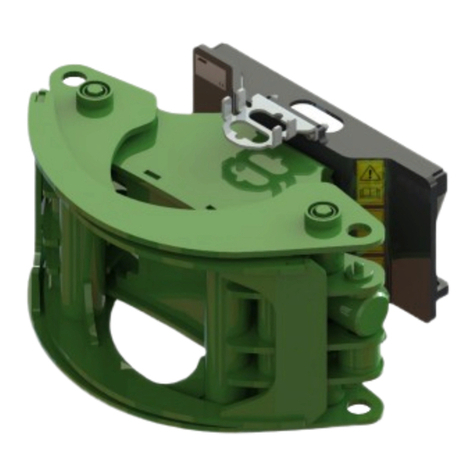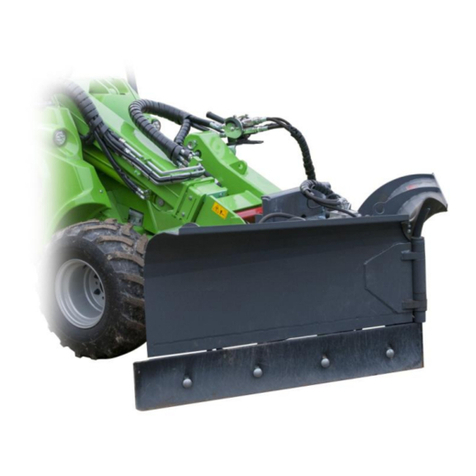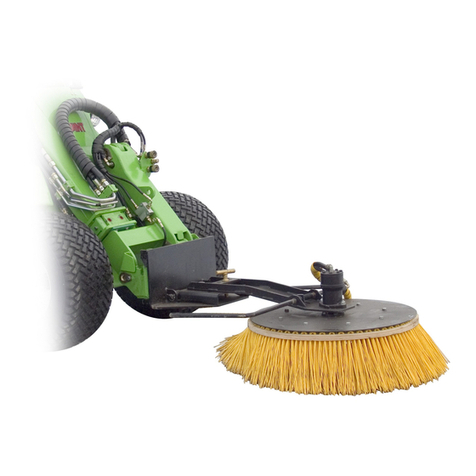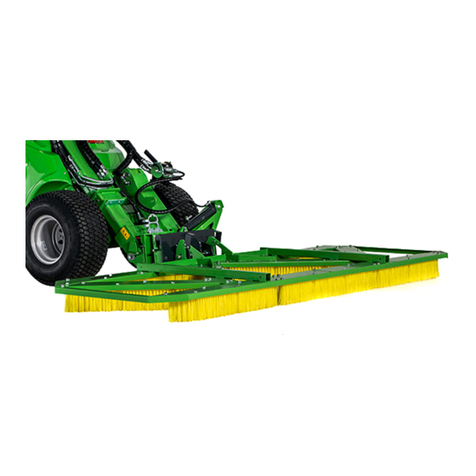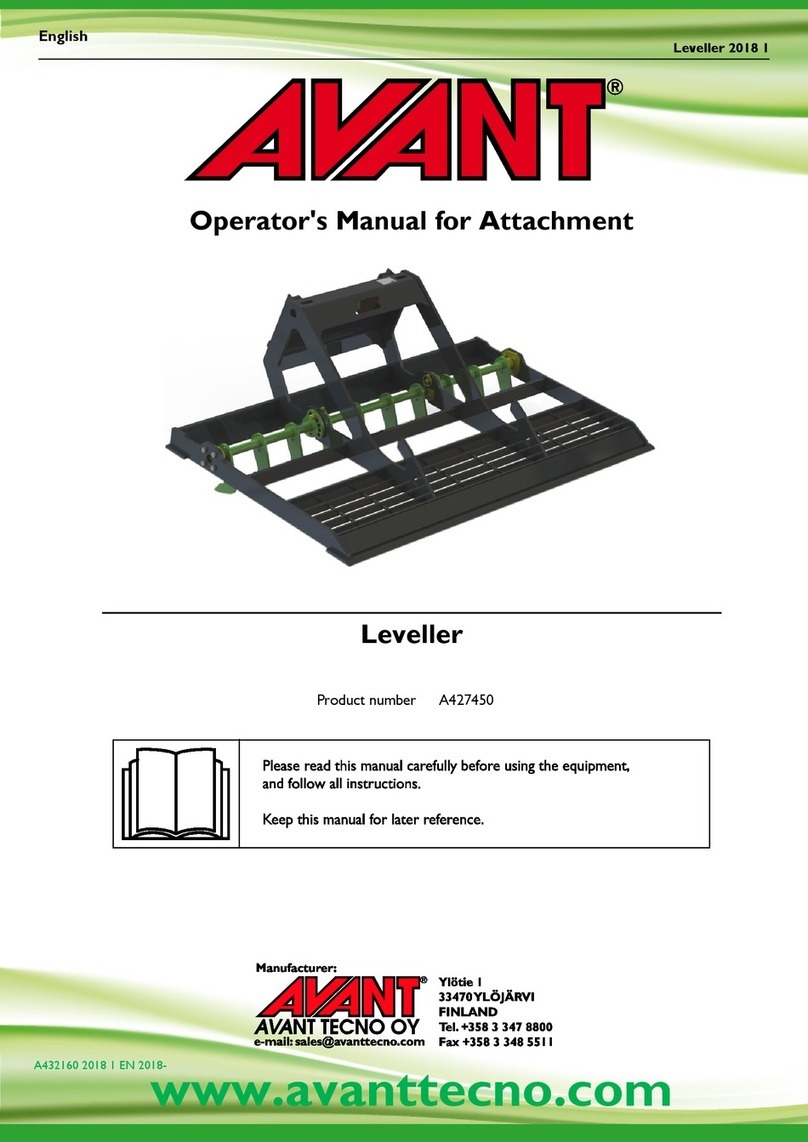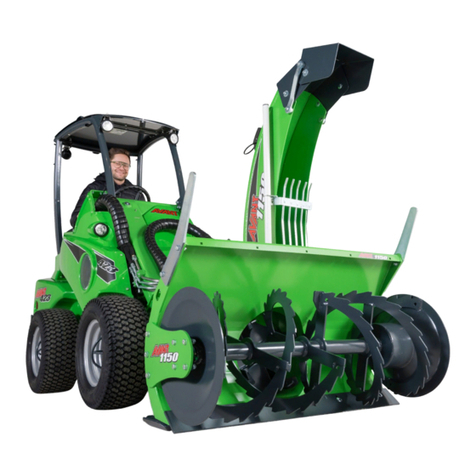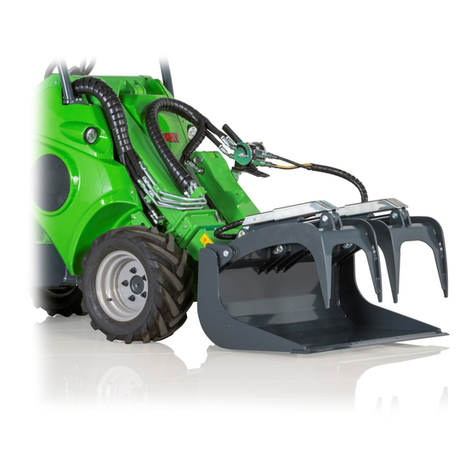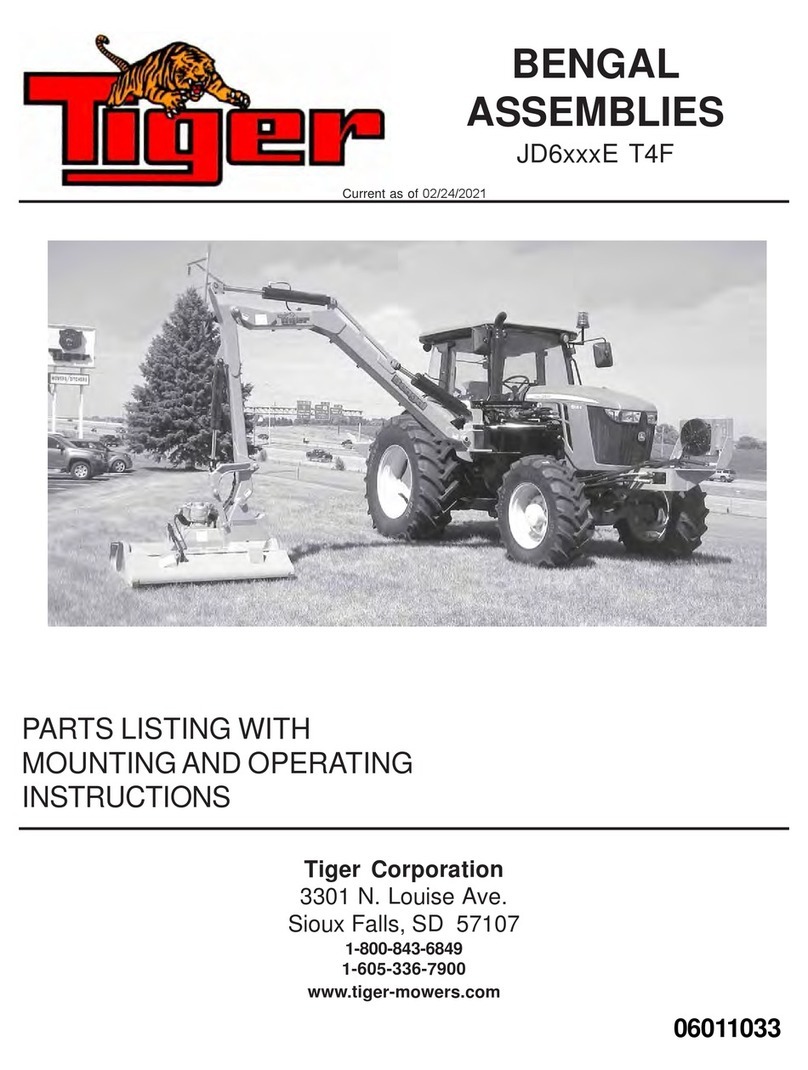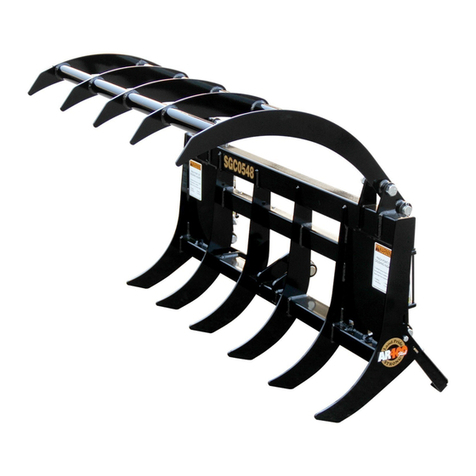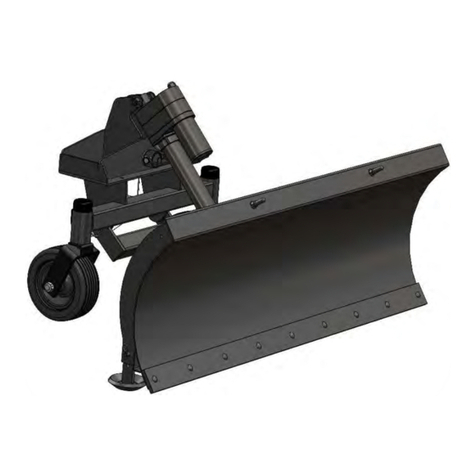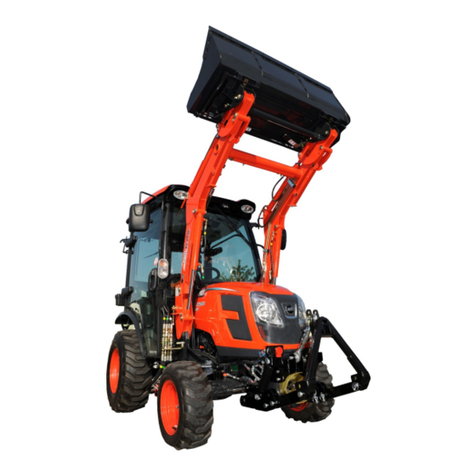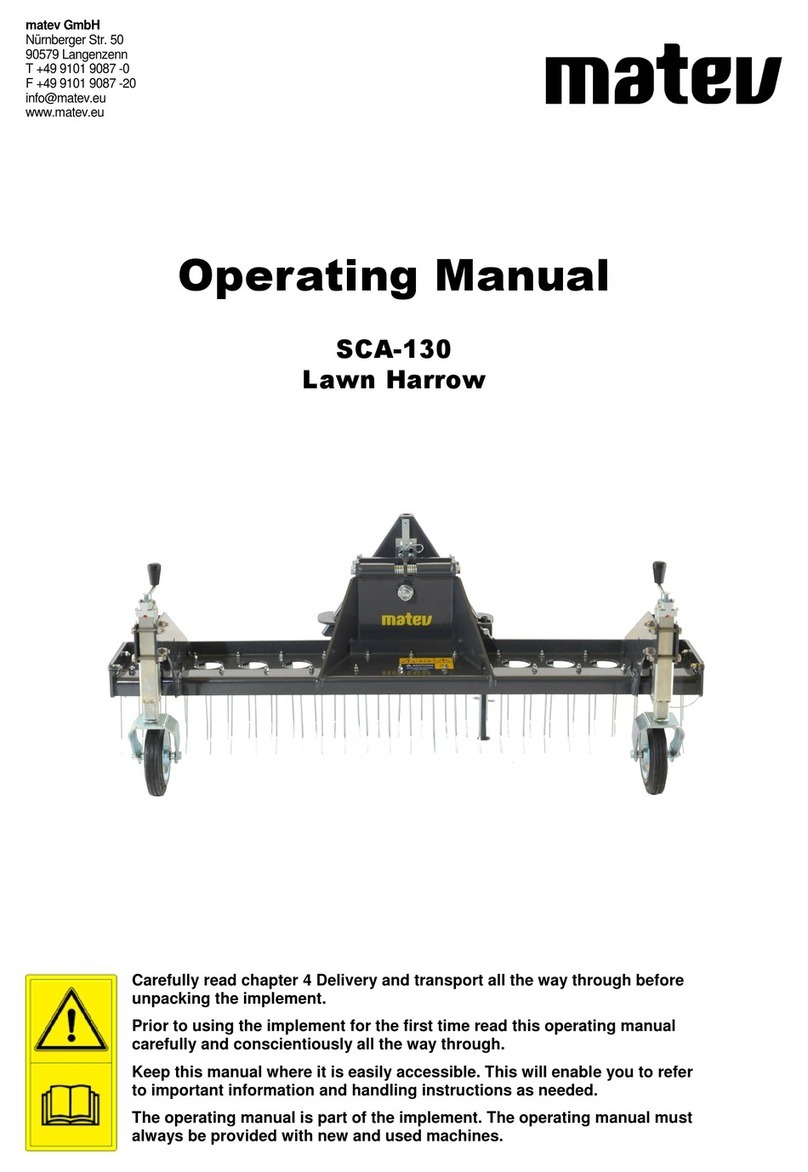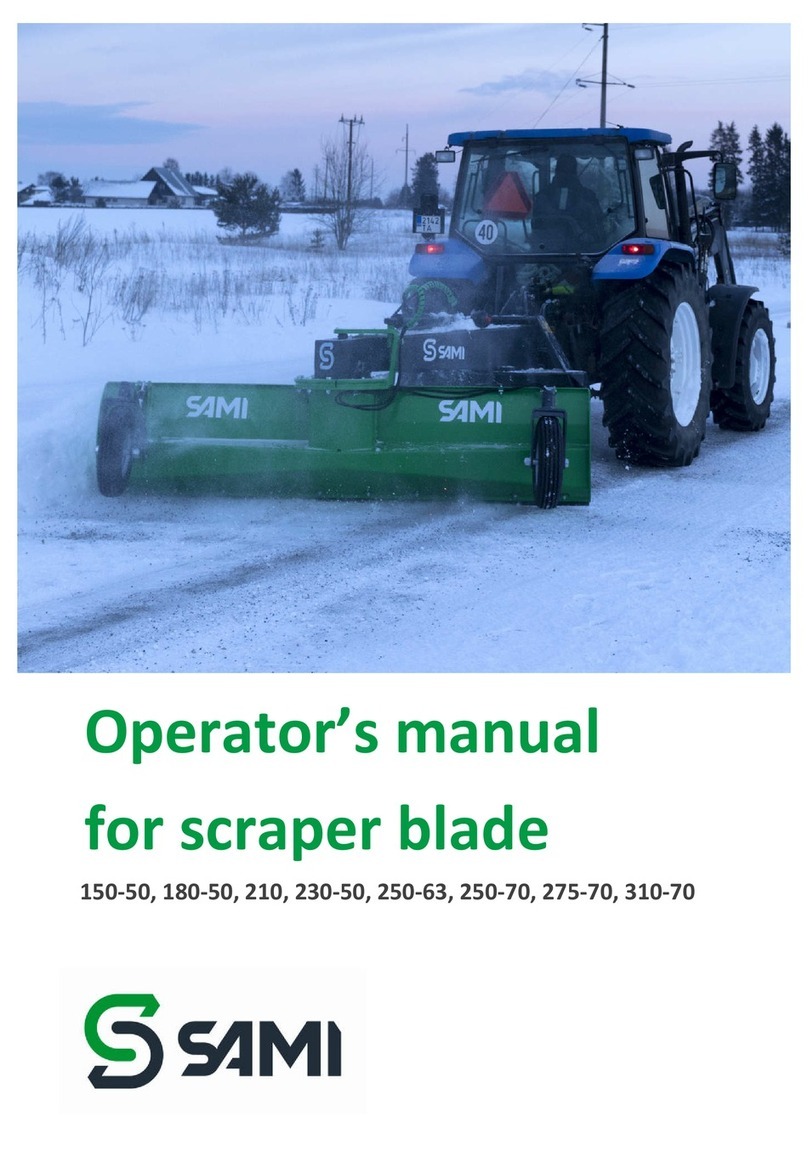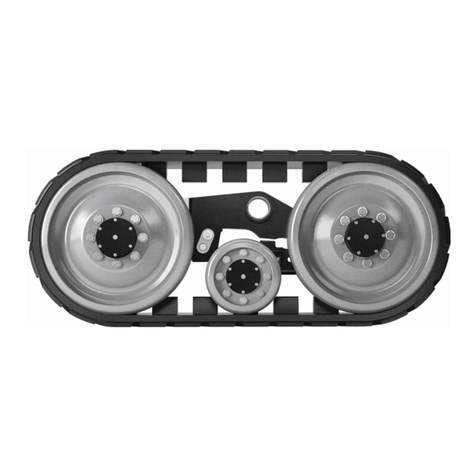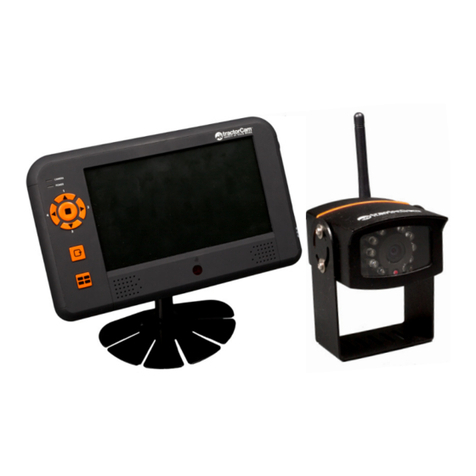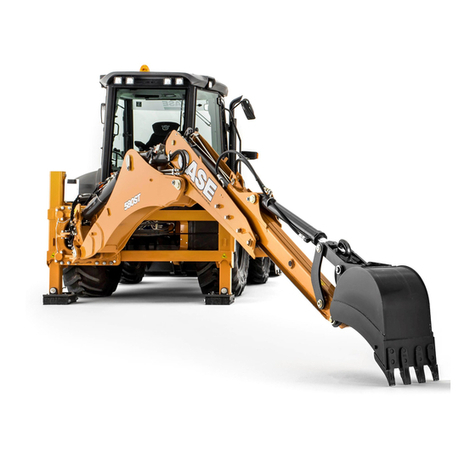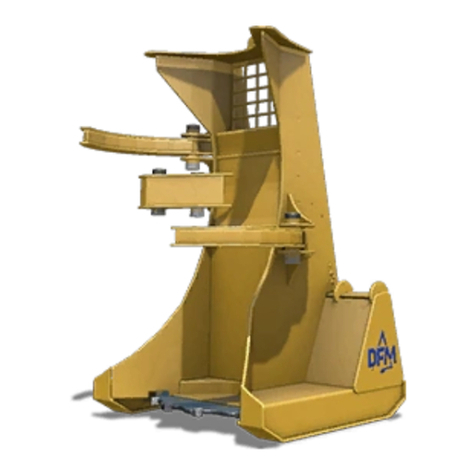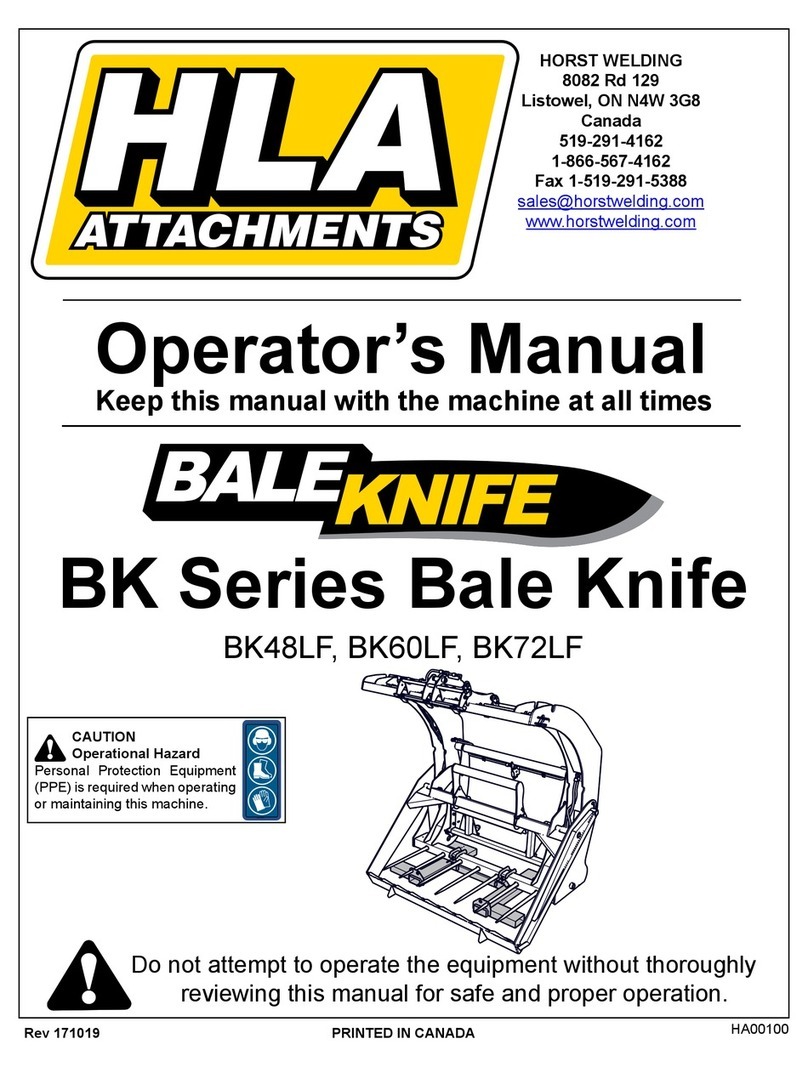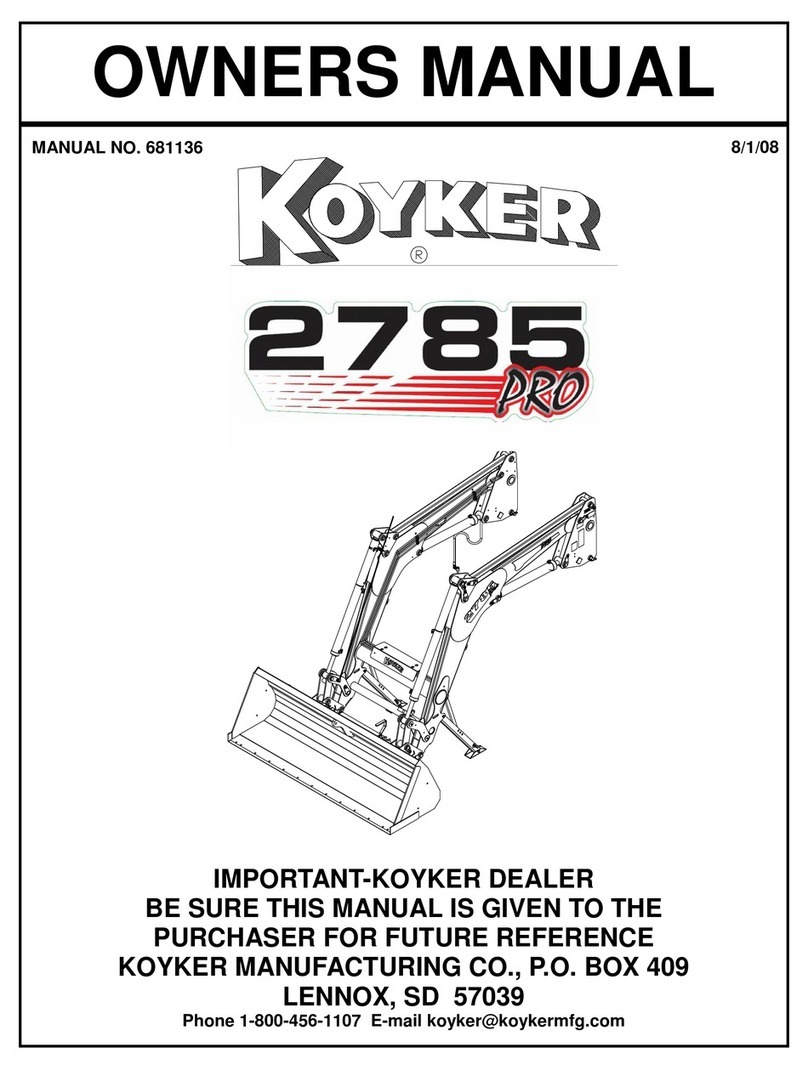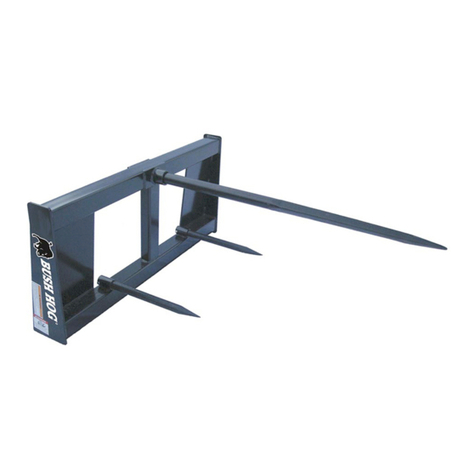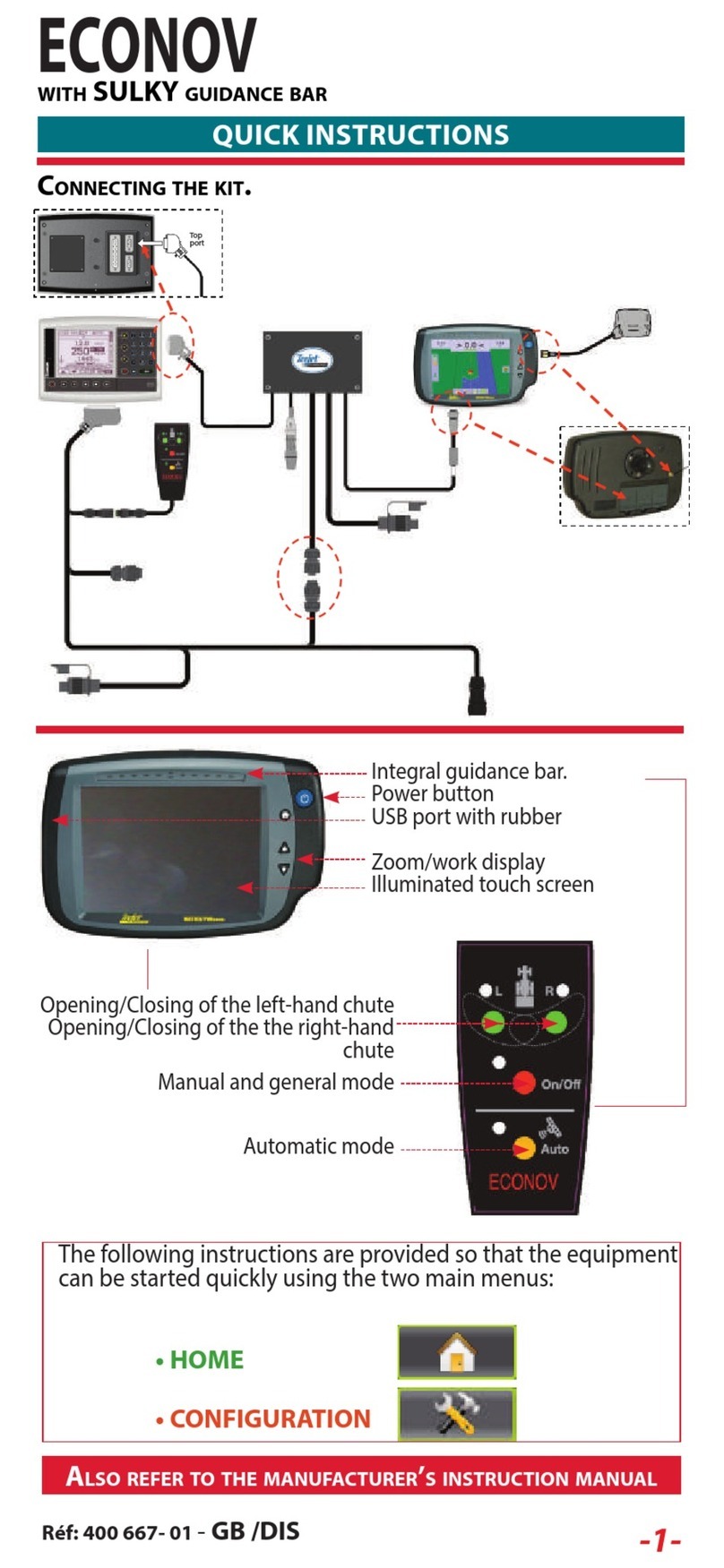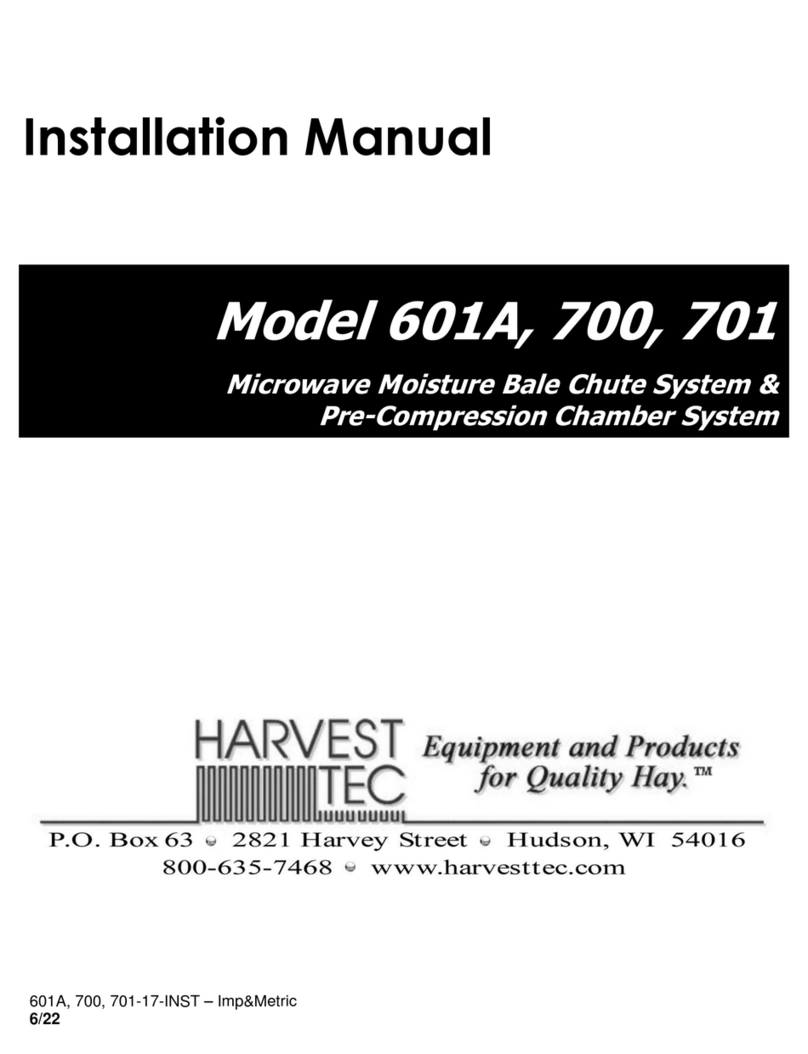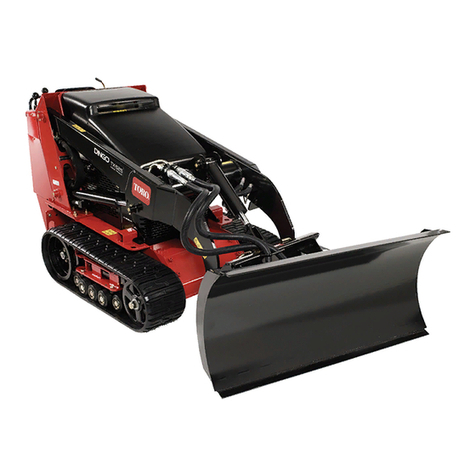
3(22)
1. Foreword
Avant Tecno Oy would like to thank you for your purchase of this AVANT attachment. It has been designed
and manufactured on the basis of years of experience and product development. By familiarising yourself
with this manual and following the instructions, you ascertain your safety and ensure the reliable operation
and long service life of the equipment. Read the instructions carefully before starting to use the equipment or
performing maintenance.
With these instructions, even an inexperienced user can use the attachment and loader safely. The manual
includes important instructions for experienced AVANT operators as well. Ensure that all persons using the
loader have received proper guidance and familiarised themselves with the manual of the loader and
attachment and all safety instructions before using the equipment. Using the equipment for other purposes or
use in any other way than described in this manual is prohibited. Keep this manual at hand throughout the
service life of the equipment. If the manual is lost or damaged, you can request a new one from the retailer
or manufacturer. If you sell or transfer the equipment, be sure to hand over this manual to the new owner.
2. Designed purpose of use
The AVANT Digger 150 is an attachment designed and manufactured to be suitable for use with AVANT
multi purpose loaders shown in Table 1. The digger is intended for occasional use as a quick and simple to
use digging attachment, that is also easy to transport. The digger can be attached quickly and is very
effective for its size. The robust digger can be used with several available bucket options in general
excavation, and moving and loading of soil. The digger makes use of the movements of the loader boom and
there is a hydraulic cylinder for moving the bucket.
The digger is controlled from the operator’s seat of the loader by using the controls of the boom and auxiliary
hydraulics. Excavated soil is dumped to sides by taking use of the articulation and driving of the loader, and
can also be transported further away, or loaded high thanks to its high reach. The control patterns differ from
conventional excavators, but also unexperienced operator’s, as well as operators who are used with other
typer of excavators, can easily assimilate with safe and efficient use of the controls. In addition, the operator
must get familiarised with hazards related to excavation and trenching work. Recommended options for the
most efficient use are telescopic boom on the loader and electric auxiliary hydraulics control buttons. When
using with bucket tilt adapter, also the optional attachment control switch pack is recommended. Using the
digger for other than occasional excavations with original buckets, tools or options is prohibited. The digger
must not be used for lifting of objects.
The attachment has been designed to require as little maintenance as possible. The operator can perform
regular maintenance tasks. Shown in this manual are also fitting instructions of the bucket tilting adapter, for
persons with at least basic knowledge and experience about performing work on hydraulic assemblies and
the related hazards. All fitting and maintenance tasks can’t be performed by the operator, and demanding
repair and maintenance operations should be left for professional maintenance. All maintenance work must
be done using proper safety equipment and original spare parts. Familiarise yourself with the instructions
regarding service and maintenance shown in this manual. Please contact your AVANT retailer, if you have
any additional questions about the operation or maintenance of the equipment, or if you require spare parts
or maintenance services.
Table 1 – Digger 150 A35317 compatibility with Avant loaders 745, 750
630, R35, 635, 640
520, 525LPG, R28, 528
419, 420
•
••
•
320 -
For compatibility information with a model not shown in
table, contact your Avant retailer.
